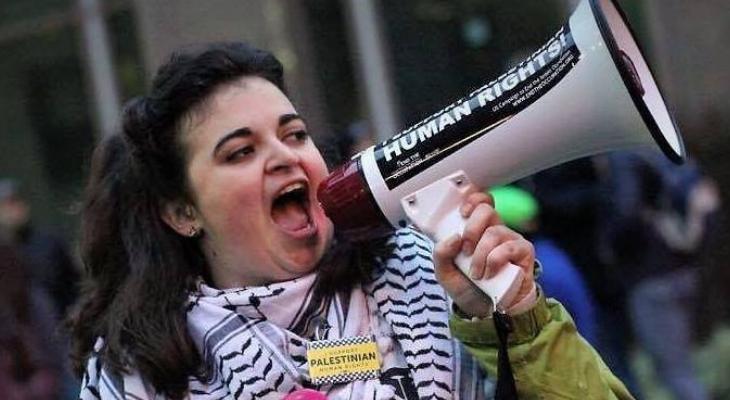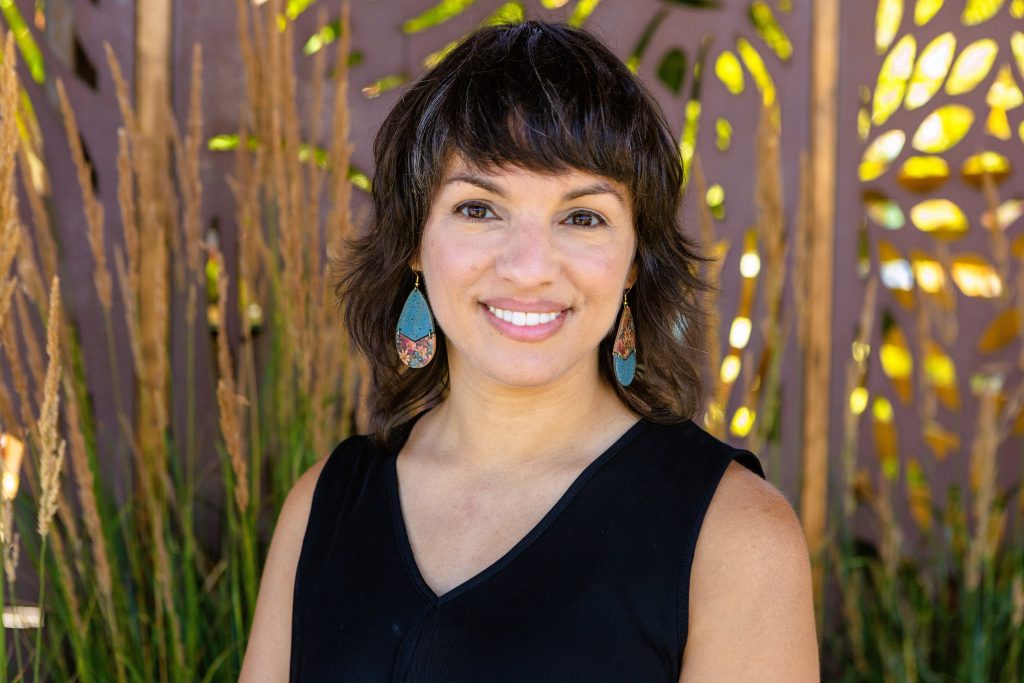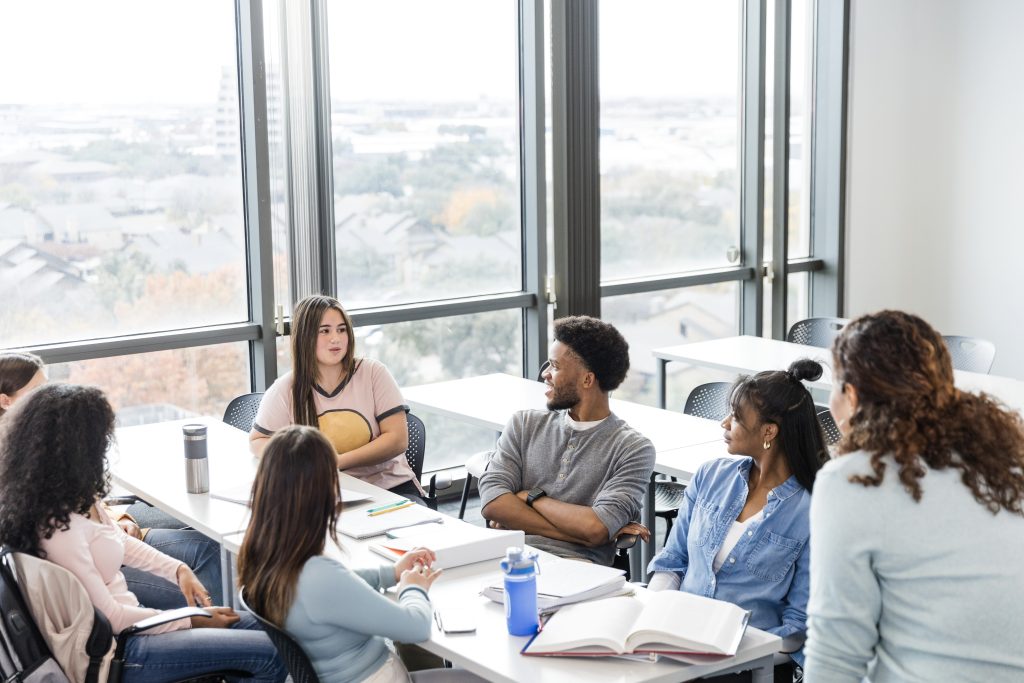How Interfaith Taught Me to Reverse the Process of Love
December 15, 2020

Martha Durkee-Neuman is an IFYC alumni, Unitarian Universalist seminarian, religious educator, anti-violence organizer, and grassroots political trainer. She is passionate about transformative justice, abolitionist theologies, and dismantling white supremacy.
I was sitting on an old white school bus, the kind that at my university usually transports athletes, which was now full of students from a diversity of faith backgrounds heading to our annual interfaith winter retreat. It was my sophomore year of college and in the seat in front of me were two of my Christian friends, interfaith student leaders like me, who were patiently explaining a theological concept of theirs to me. A different way to think about love. A way to reverse the order of how we think about love, to apply it to the work we do together in the community.
“I don’t really understand what love in this sense has to do with interfaith work,” I argued. And they explained.
The usual way that we are taught in society to think about the process of love is: first you feel a feeling, second you build a practice of action around that feeling, and lastly you make a commitment based on that feeling and that action.
Share
Related Articles
Higher Education
Higher Education

I’ll give you an example of falling in love. First I meet someone and I feel attraction, enchanted, enamored, infatuated with them (step one: feeling). Next, I build a practice based in that feeling: we go on dates, we get to know each other, we buy each other gifts, I send them news articles that remind me of them, I do their dishes, I take their car to the mechanic. (step two: action). And lastly, we make a commitment: we decide to get married, we form a civil union, we formalize our partnership (step three: commitment).
However, my Christian friends taught me, on this bus in the middle of Western Massachusetts in the bleak midwinter, that the way they bring this concept to interfaith work is to reverse the order.
Commitment. Then practice. Then feeling.

First, I commit to you. Even though I know that you are different from me, even though we come from different faiths, different backgrounds, different life experiences, worldviews, perspectives, theologies. I commit to you because you are my neighbor because I am committed to loving you because we belong to this community together. Then I build a practice. I enter into dialogue with you, I seek to understand what you believe, what is important to you. Maybe I visit your worship service. I partake in your spiritual practice if I am invited to do so. We do a service project together. We co-host an event. We act, together. Then, lastly, I feel a feeling. We become friends, allies, accomplices. I grow to love you. We create a strong interfaith community together. We feel that we belong to each other.
For some reason, this has always stuck with me. And recently, I began to apply this theological framework to the work of racial justice as well.
It has been many years since my time as an interfaith student organizer. Now I serve a small Unitarian Universalist parish as the Director of Religious Education. My congregation is committed to the work of racial justice and this year, I have been working on teaching more about dismantling white supremacy in the children’s program. I was fishing for a way to frame this work when this concept came back to me. So I used this lesson, which I first learned in the interfaith community, to teach about how to approach the work of racial justice.
First, I commit to the work of dismantling white supremacy. I don’t have to like it, it doesn’t have to feel good, but I commit because I know all of our liberations is bound up together, my liberation is bound up with yours. I commit because I know we are building the beloved community together. Then I create a practice. I show up in the streets to protest racial injustice. I speak out against police brutality. I put my own resources toward organizations that support Black leadership, community building, and the struggle for freedom, for abolition. And lastly, I start to feel. I feel love for those I am organizing with, I feel white supremacy loosen its grip, I feel the love and safety and belonging of the beloved community.
And, as the children in my program helped me see, while we switch the order of the steps of love, the thing that stays in the center is the action. The thing that centers us is the practice. This concept helps me to renew my commitment to racial justice. It challenges me to remember, I don’t have to feel, in order to commit. Sometimes, for white people like me, combating white supremacy feels sticky and hard. But I know the feelings of love will come. Now I focus on the action. What are the practices I can build into my life that support the work of building racial justice? What does my bookcase look like? My wallet? My workplace? And I know that when this practice is real, the love will grow, as we work on building this beloved community together.



